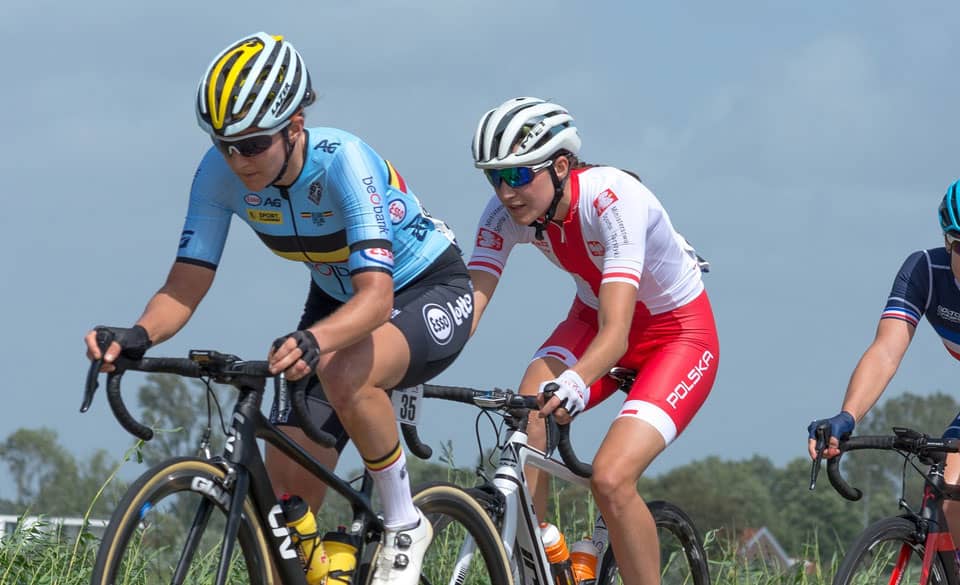
Cycling Intervals For Hill Climbing – Low Cadence And Under Over Cycling Intervals
Page Contents
When you want to become a fitter, stronger cyclist adding hill cycling intervals to your plan are a sure way of enhancing your performance.
To be a faster climber, first, you need to be able to increase your maximum sustainable power. Doing so increases your ability to ride more comfortable while your friends are suffering. Second, you need to be able to handle constant changes in pace from either from the gradient of the road or acceleration from other riders
Adding specific hill cycling intervals ( climbing intervals) to your program can help address these issues. Below are some basic hill workouts to help you improve your hill-climbing.
Cycling Intervals For Climbing – What Are They?
Climbing intervals are reasonably straightforward and used a lot with experienced cyclists. The intensity of your climbing intervals is beneath that of your maximum sustainable climbing power. Controlling this level of intensity is essential as you are targeting your aerobic system and into your glycolytic system.
These climbing intervals are beneficial for increasing the power you can sustain during a long climb. By increasing, time at this intensity will allow producing more power from your aerobic system. The result means you will be able to ride with the leaders and even increase the pace higher.
The intensity of these efforts should correspond to 95-100% of your threshold. The intensity is high enough that you are going hard, but you can respond to attacks or changes of pace.
Focus on three eight-minute intervals, to begin with, as you start to adapt to the workout, increase this up to three 12 minute climbs. The recovery between each cycling interval should be half the duration of the interval.
Under Over Cycling Intervals
These intervals focus on changes in intensity that occurs during long climbs. The intervals focus on your steady-state intensity range with alternating above your threshold power or maximum effort throughout the climb.
By alternating between the steady-state and threshold intensity will allow each acceleration to generate more lactate. You are then forcing the body to clear lactate while riding at a high intensity.
Focus on a climb that is 4-7 percent gradient, and the slope should not be too steep as this will prevent you from controlling your effort. Make sure you focus on a high cadence above 85-90rpm.
Beginning the climb, increase your power up to your steady-state power zone for the first 45 seconds. Then accelerate up above your threshold power or produce a maximum effort for 30 seconds, then drop back to your steady-state power. For the rest of the climb, you want to alternate between the two efforts. 30secs on and 45 secs off. The recovery period between should last for half the duration of the climb.
Low Cadence Cycling Intervals
During the early season, low cadence workouts are great for increasing strength and resistance. Low cadence workouts can be utilized during the indoor season as well as outdoor. If you are doing this workout inside, try to raise the front wheel to mimic your position on a climb.
After 10-15 minutes of warm up, you are ready to start the session. Begin with 5×4 minutes at 75-85% of your ftp. Keep your cadence between 50-60 rpm and recover for 1-2 minutes.
The first session should be around 20 minutes of low cadence work. The following week try to either increase the intensity or the duration of each low-cadence interval. The coming month should see you reach 10-12 minute sets.
While a lot of the time, we focus on cycling intervals and what we can do to improve our cycling power. But weight is an essential factor in cycling and climbing. Increasing your power to weight ratio will help you always improve your ability to climb faster.



